SPIRIT IS A BONE by Adam Broomberg & Oliver Chanarin
ロンドンを拠点に活動するアーティストデュオ、アダム・ブルームバーグ & オリバー・チャナリン(Adam Broomberg & Oliver Chanarin)の作品集。ロシアのフェミニスト・パンク・ロック集団「プッシー・ライオット」のメンバー、エカテリーナ・サムツェビッチ(Yekaterina Samutsevich)やモスクワ市民らが収められているこの一連のポートレイトは、ロシア政府がモスクワでの公安や国境警備のために開発された最新の顔認識システムによって描き出されたものである。しかし、ここで結果的に出来上がったポートレイトは容易に回転しやすく詳しく精査出来る3Dの複製された顔であり、写真というよりはデジタルライフマスクに類似している。この顔認識システムカメラにおける重要な点は、被写体の同意無しにポートレイトを撮影することを意図して設計されていることで、その構造として、4つのレンズが連動し、被写体自身が撮影されていることに気づいていなくても、表面的にカメラを見ているところからその人の正面写真を生成する。このシステムは地下鉄やスタジアム、コンサートホールなどの混雑した公共の場所での顔認識や、他には普段は写真を撮られることを拒む人々の写真を撮る為に考案された。作者は、現代ロシアにおけるこのポートレイト群を、アウグスト・ザンダー(August Sander)の重要な作品『Citizens of the Twentieth Century』に習い、一連のポートレイト配役を職種に従って分類。しかし、最新技術を駆使しているにも関わらず、これらのポートレイトは解像度がとても低い上に部分的に分解しており、つまりこのカメラはいかに正確に顔の各パーツを認識しそれを3D化出来るかに目標が設定されており、ザンダーのように個々のキャラクターを捉える機能は備えていないことの証明にもなる。
The series of portraits in this book, which include Pussy Riot member Yekaterina Samutsevic and many other Moscow citizens, were created by a machine: a facial recognition system recently developed in Moscow for public security and border control surveillance. The result is more akin to a digital life mask than a photograph; a three-dimensional facsimile of the face that can be easily rotated and closely scrutinised. What is significant about this camera is that it is designed to make portraits without the co-operation of the subject; four lenses operating in tandem to generate a full frontal image of the face, ostensibly looking directly into the camera, even if the subject himself is unaware of being photographed. The system was designed for facial recognition purposes in crowded areas such as subway stations, railroad stations, stadiums, concert halls or other public areas but also for photographing people who would normally resist being photographed. Indeed any subject encountering this type of camera is rendered passive, because no matter which direction he or she looks, the face is always rendered looking forward and stripped bare of shadows, make-up, disguises or even poise. Co-opting this device, Broomberg & Chanarin have constructed their own taxonomy of portraits in contemporary Russia. Echoing August Sander’s seminal work, Citizens of the Twentieth Century, Broomberg & Chanarin have made a series of portraits cast according to professions. But their portraits are produced with this new technology, with little if any human interaction. They are low resolution and fragmented. The success of these images is determined by how precisely this machine can identify its subject: the characteristics of the nose, the eyes, the chin, and how these three intersect. Nevertheless they cannot help being portraits of individuals, struggling and often failing to negotiate a civil contract with state power. This book is the result of a series of encounters, interactions and conversations between Broomberg & Chanarin and the photography collections at the Library of Birmingham made possible by a commission from GRAIN and the Library with support from the Arts Council of England.
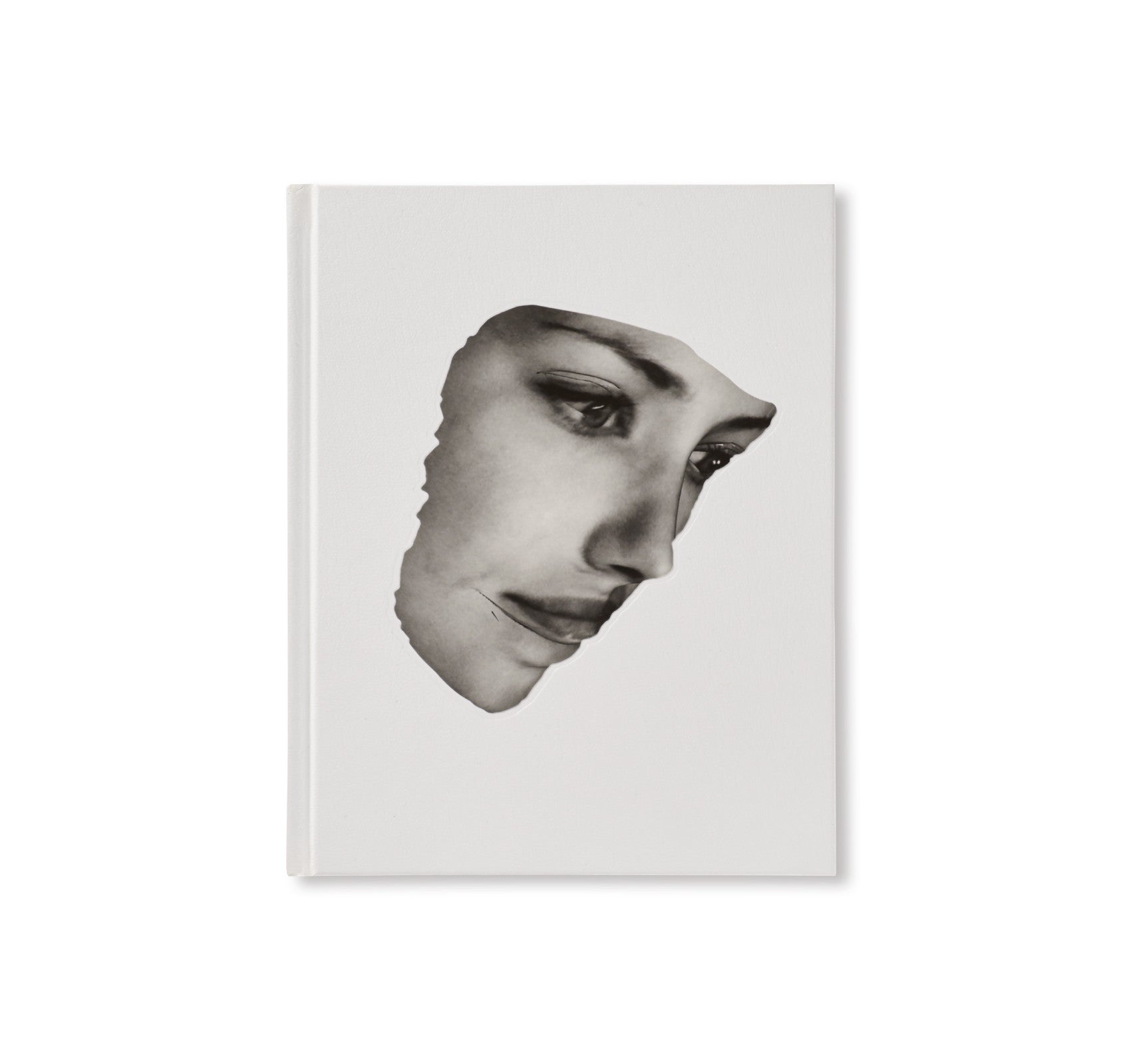
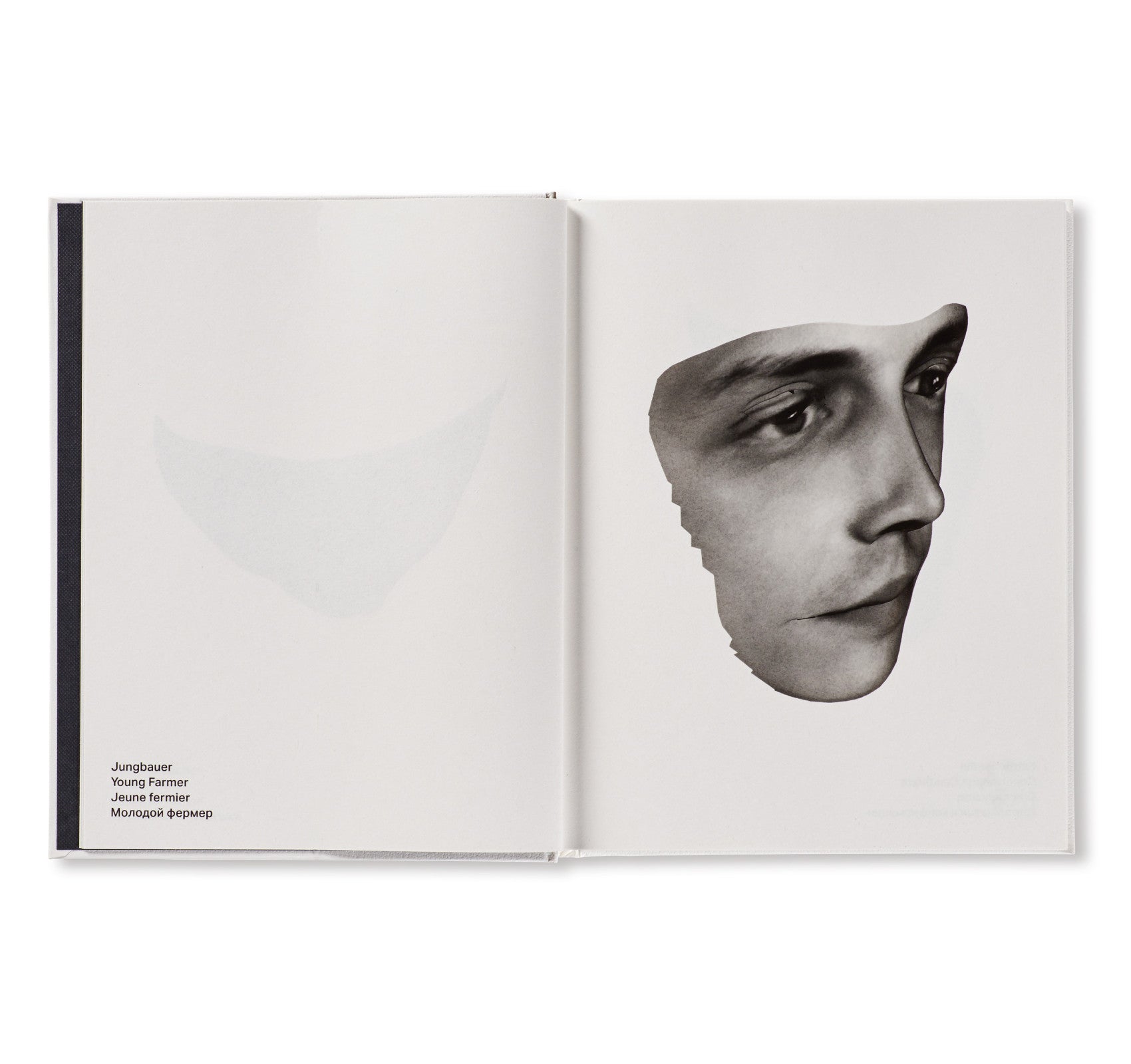
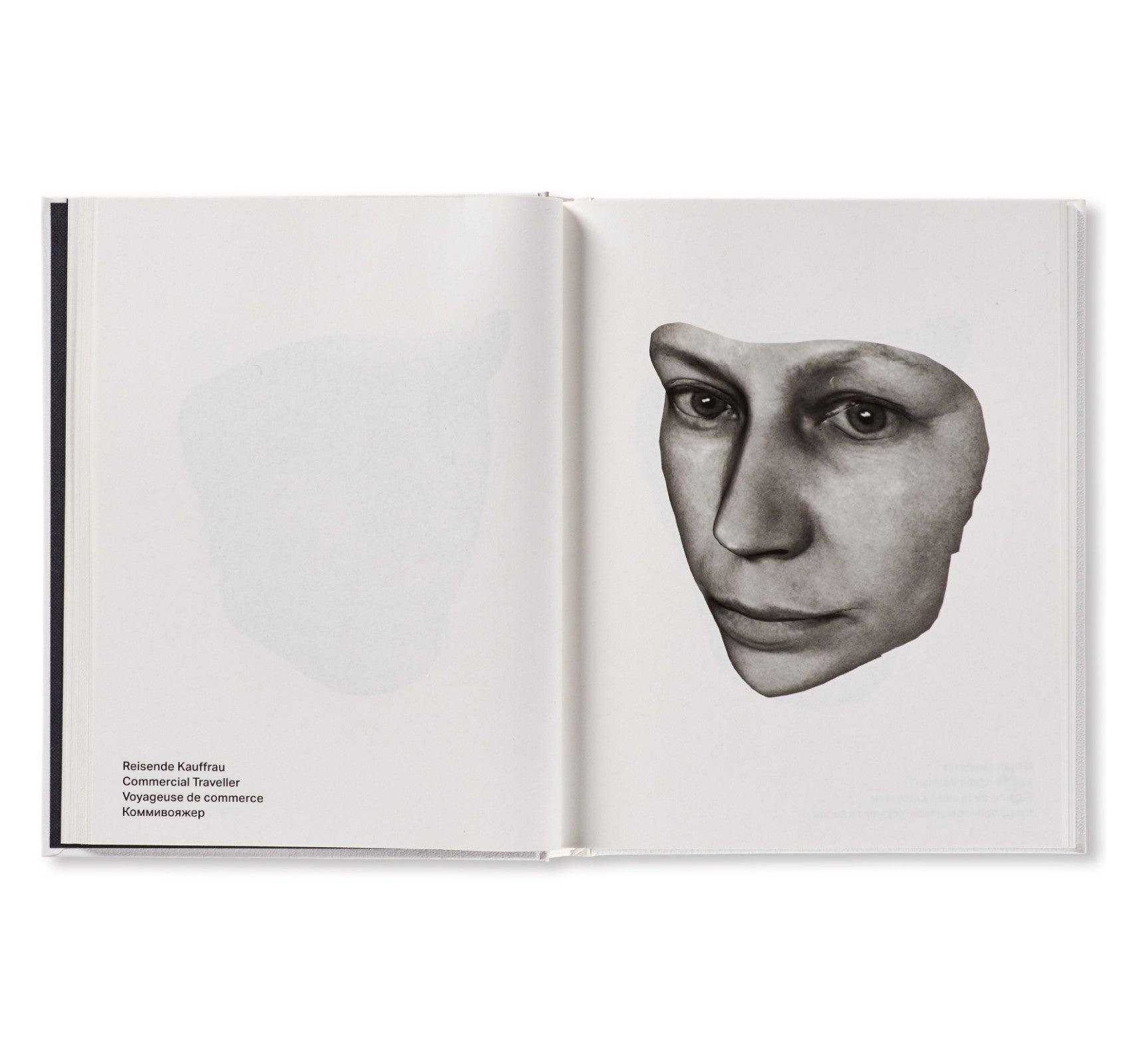
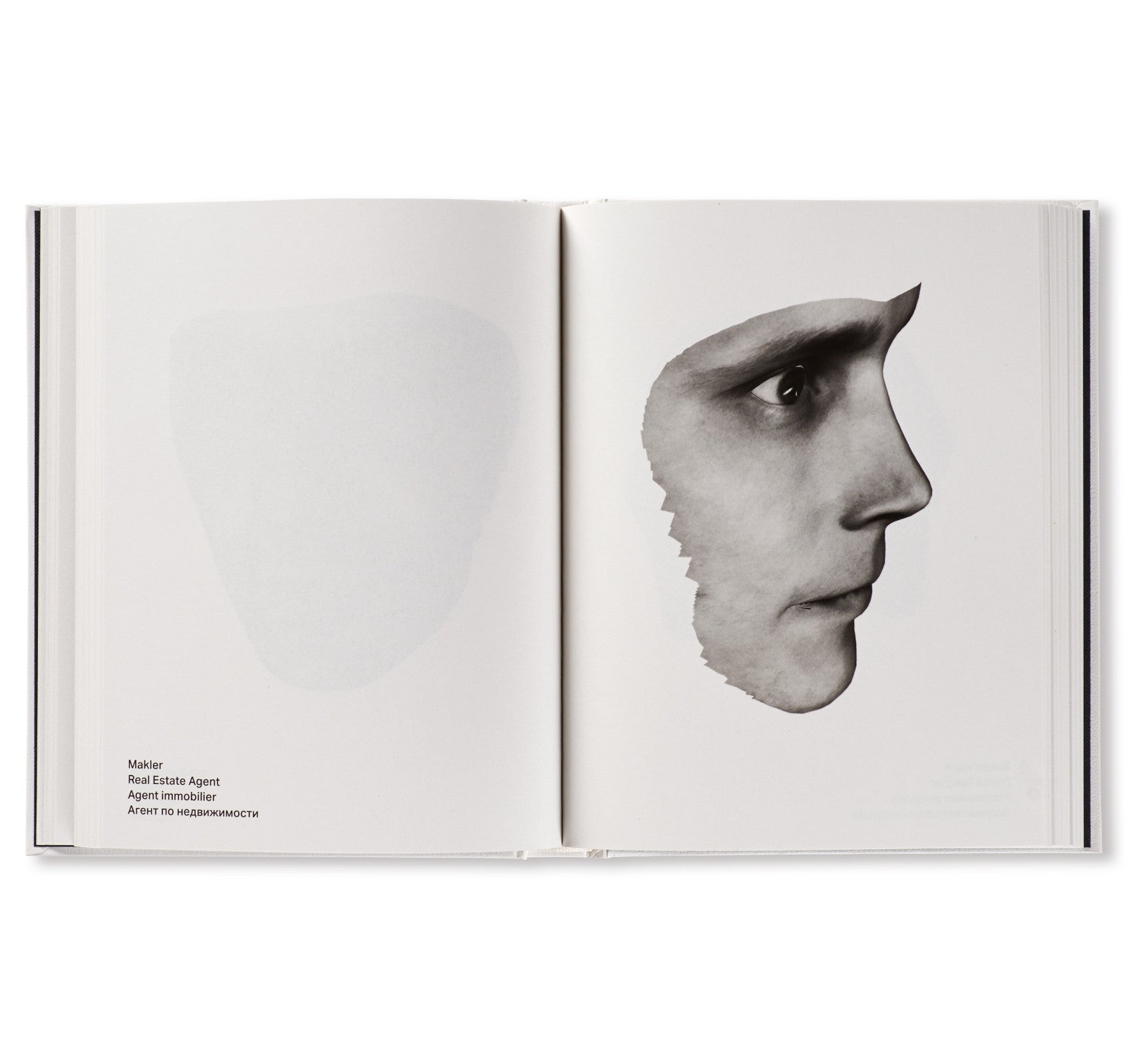
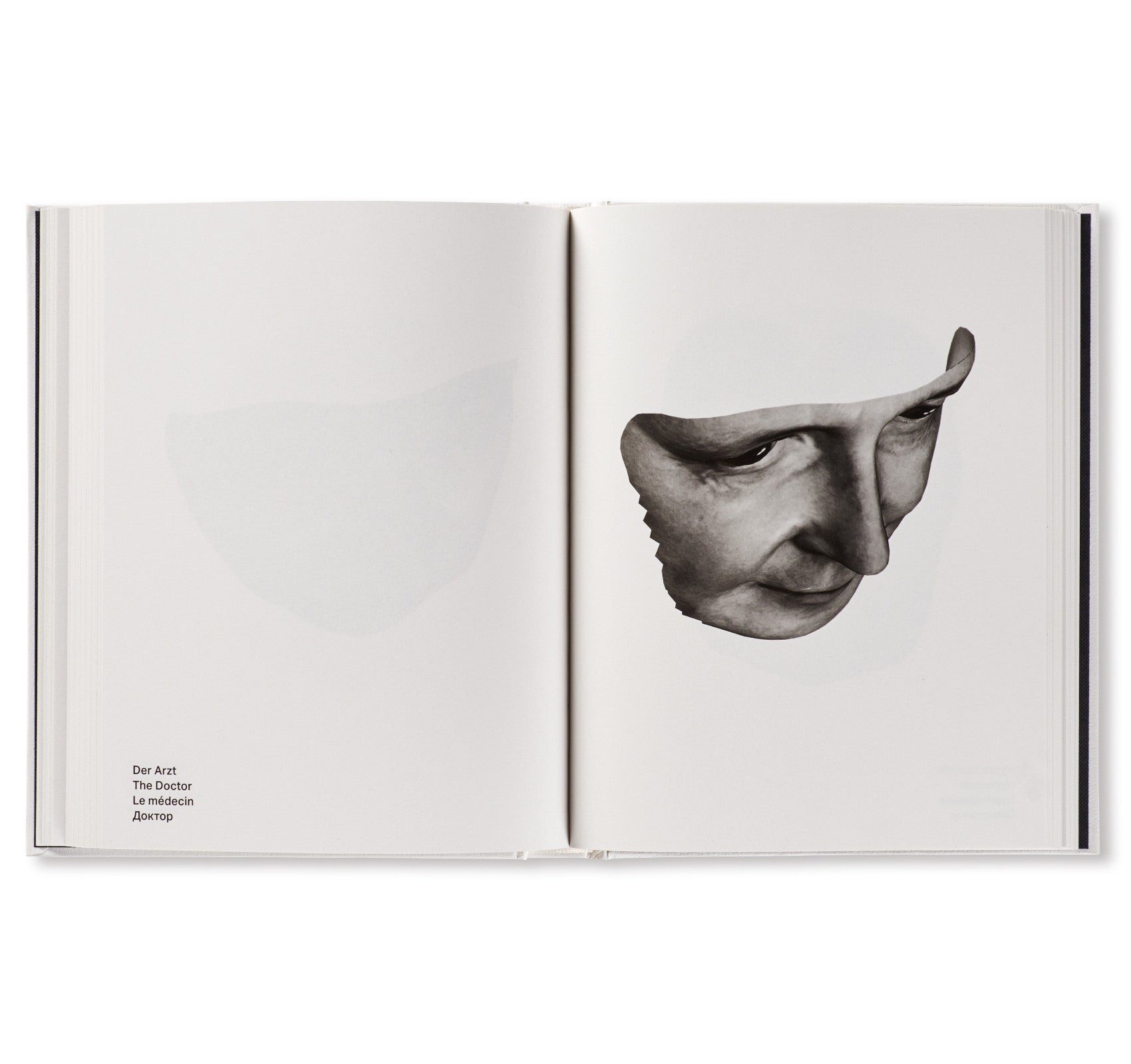
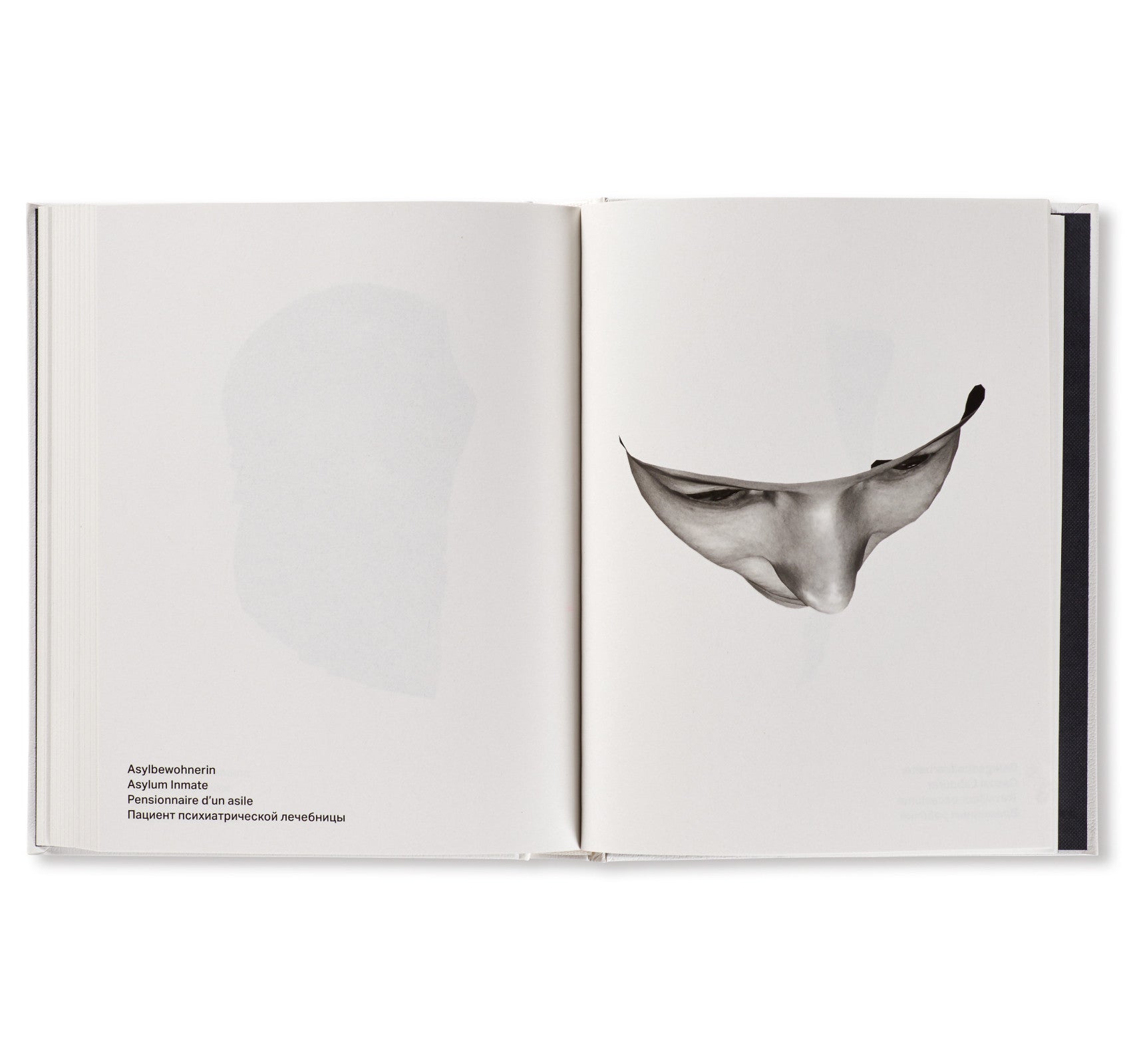
![ARTIST | WORK | LISSON by Adam Broomberg & Oliver Chanarin [SPECIAL DIGITAL EDITION]](http://twelve-books.com/cdn/shop/products/b_c_large.jpg?v=1627316668)
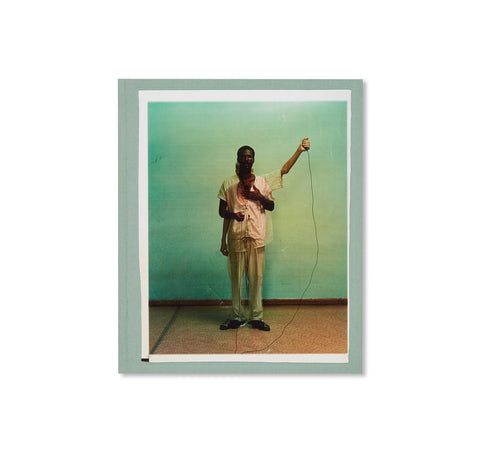
![THE FUTURE HAS AN ANCIENT HEART - LIMITED POSTER by Adam Broomberg & Oliver Chanarin [EXCLUSIVE]](http://twelve-books.com/cdn/shop/products/180912_10273_framed_large.jpg?v=1571703973)
![WAR PRIMER 2 by Adam Broomberg & Oliver Chanarin [SIGNED]](http://twelve-books.com/cdn/shop/products/180410_7234_large.png?v=1571703965)
![HOLY BIBLE by Adam Broomberg & Oliver Chanarin [FIRST EDITION, FIRST PRINTING]](http://twelve-books.com/cdn/shop/products/140421_69787_large.jpg?v=1571703838)
![HOLY BIBLE by Adam Broomberg & Oliver Chanarin [FIRST EDITION, SECOND PRINTING]](http://twelve-books.com/cdn/shop/products/140421_69787_051d6afc-811a-4ce1-90f1-68a849be973f_large.jpg?v=1571703841)

